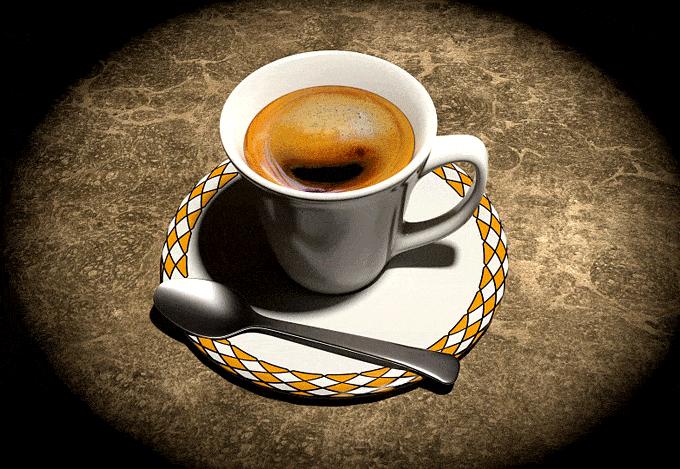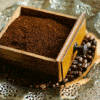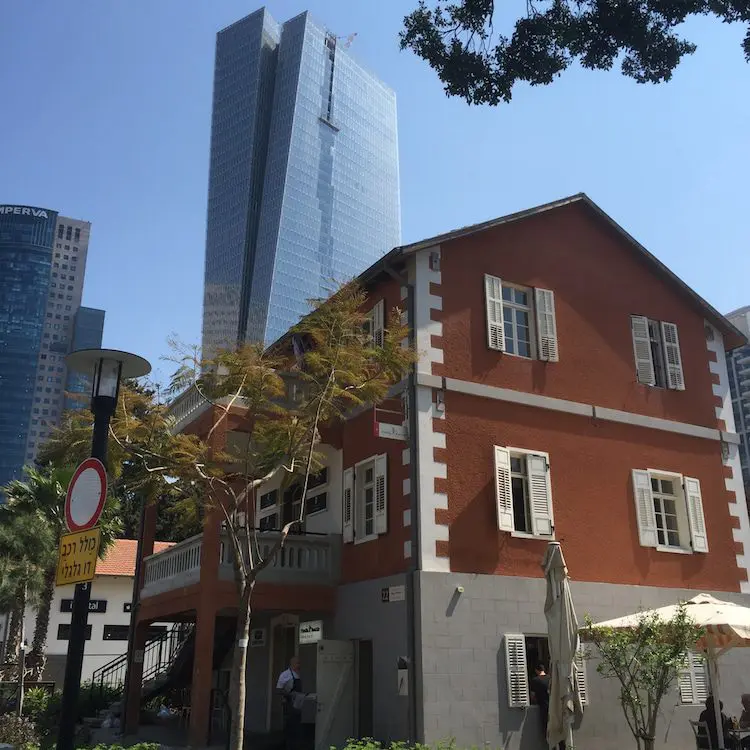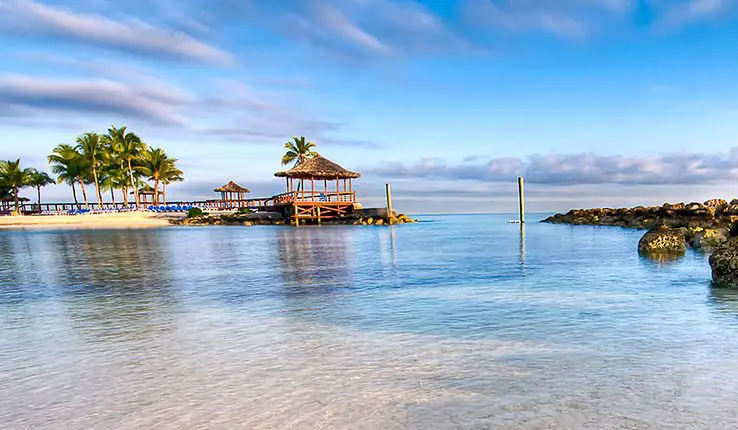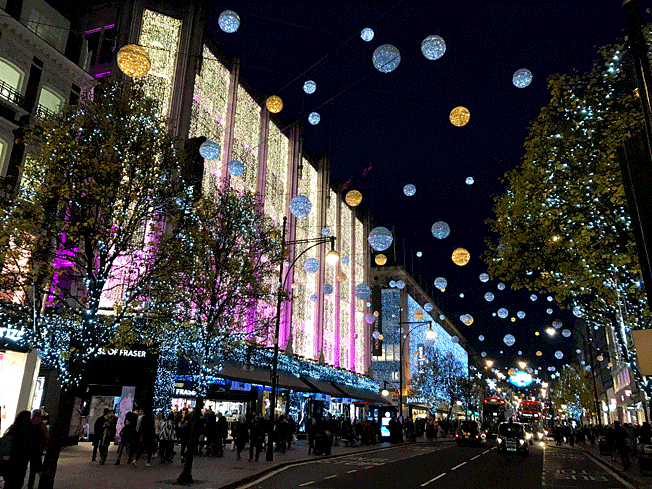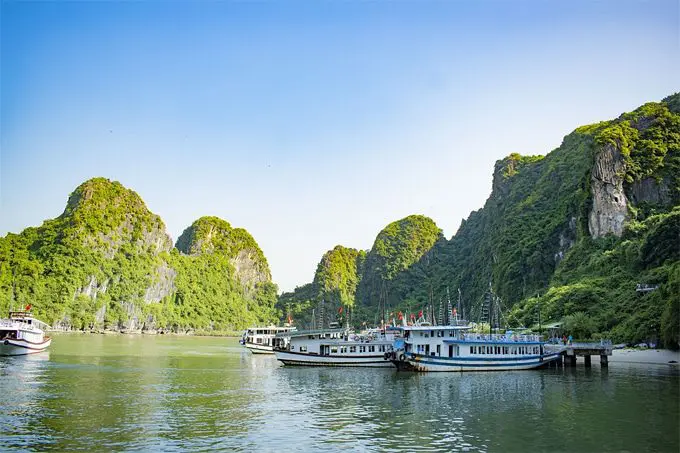How to choose a decent ground coffee – don’t be fooled by packaging – words Al Woods
When it comes to buying a decent ground coffee, we’re often drawn in by the packaging rather than the facts. Brightly coloured artisan packaging is supposed to entice us into believing the coffee inside the packet packs an equal punch. Sadly, that’s not always the case.
I know it’s better to grind coffee yourself. But, frankly, sometimes there isn’t time, and surely pre-ground coffee is better than a cup of Mellow Birds instant!
But, browsing the supermarket shelves for pre-ground coffee can be somewhat overwhelming. Custom printed coffee packaging often leaps out at you, but just as you think you’ve made up your mind, another more tempting specimen sneaks into view. Choosing the perfect cup of coffee is essential to any coffee lovers day, Kimbo have a wide selection of different flavoured coffee, take a look I’m sure you wont be dissapointed.
So, what should you look for in a packet of decent ground coffee? Here are some tips to help you get smart when it comes to choosing a ground coffee that will do the trick.
-
Packet size
Don’t, whatever you do, be tempted into selecting a bargain humungous bag of ground coffee. Big bags are a no-no. Why? You want your coffee to stay fresh. Go small. Two small bags may cost a little more, but you’ll get a better cup of coffee from the second bag than you would had you doubled up in size.
-
The kind of beans
All coffee is made from either arabica or robusta beans, or a combination of both. Robusta beans are less expensive because they are easier to grow, but Arabica beans tend to make the best tasting ground coffee.
Coffee beans are grown across an area of the world bound by the Tropics of Cancer and Capricorn. Brazil is the major coffee producer. Vietnam, Indonesia and Columbia follow. Columbian coffee is popular, and blends are also amongst the best-selling when it comes to ground coffee.
Generally, Arabica beans are grown at high altitude and are the superior brew. Robusta beans are the hardier crop, but they do have a more bitter flavour. Sometimes a combination of the two works well in lighter roasts.
-
The type of roast
It’s not just the type of bean you need to consider. Coffee beans are roasted before they are ground and used for brewing coffee. Roasting brings out the flavour and the aroma that is locked inside the coffee beans.
Most ground coffee brands will have the type of roast listed on the label. However, there isn’t an industry standard across all brands so you’ll need to compare within a brand to find the level of roasting that suits your taste.
Also, don’t assume that the darker the roast, the more caffeine there is. This isn’t true. In fact, according to the National Coffee Association, lighter roasts often have a slightly higher concentration of caffeine. It’s worth noting that the brewing method will also affect the amount of caffeine there is in a cup of coffee.
Generally, the roasting types to consider are:
Light Roast: Lightly roasted coffee is lighter in colour and is generally used for milder varieties of coffee. As the beans aren’t roasted for very long, no oil comes to the surface of the bean during roasting. Light roasts can have a sour taste.
Medium Roast: medium in colour, medium roasted coffee has a stronger flavour than lightly roasted coffee, but the beans still don’t produce an oily surface when roasted. A medium roast is often referred to as ‘American roast’ as it’s the preferred type in the US.
Dark Roast: this is a rich, dark coloured coffee, with the roasting process producing a slightly oily surface on the bean. Dark roast ground coffee has a slightly bittersweet aftertaste.
Darker Roast: this is the longest roast and it produces an oily surface on the coffee beans. The darker the roast the less acidity you have in the coffee grinds. There is a pronounced bitterness in flavour. The level of roasting ranges from slightly dark to charred.
The region
Just like wine, coffee varies according to region. Some are blended, while others come from a single mountain reserve. No matter how a coffee is roasted or brewed, each region has its own unique flavour. Here’s an overview of the coffee beans from the three main regions:
Latin America: beans originating from Central and South America, Columbia, Costa Rica, Panama, Mexico and the Caribbean are generally light, sweet and balanced with high acidity. Coffee from this region is best in mild and medium roasts.
Africa/Arabica: all coffee beans grown in Africa, the Middle East and the Arabian Peninsula tend to be medium bodied and of medium acidity. Dark roasts are good for this region to balance the complex flavours which range from spicy and chocolatey to wine-like and citrusy.
Indonesia and the Pacific Islands: beans from Asia, Indonesia and the surrounding Pacific islands offer hearty and earthy flavours with low acidity. These beans are robust and should be roasted dark to very dark to preserve the flowery undertones.
As you can see there’s much more to choosing a ground coffee than the artisan packaging.
How to choose a decent ground coffee – don’t be fooled by packaging – words Al Woods

